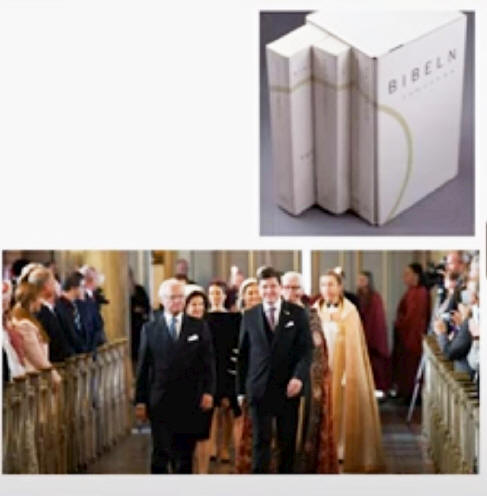2024-11-17 21:57
| our conceptual framework, our assumptions |
| This site is like a garden: we plant and try to keep things in order, but things grow here and there. Some things wither, weeds spread, we get new plants, and sometimes we forget to take care of the ones we planted earlier |
| philosophical background |
| "The State has a ultimate power of control and repression" |
| "All acquired power consists in command over some of
the powers of other man." Thomas Hobbes, philosopher, one of the founders of modern political philosophy. |
 |
| Before you continue we would
suggest you to learn how to manipulate citizens. The guide is professor Noam Chomsky |
 |
|
|
|
|
|
|
|
|
Freedom is inherently constrained when living within a society. At its
core, freedom requires self-regulation of impulses, even when understood
as the ability to act as one wishes without infringing on the freedom of
others. In Sweden, there is a significant willingness to accept restrictions on freedom if it is for the good of society or to protect individuals or groups who are deemed incapable of taking responsibility for their own lives, such as limiting their alcohol consumption. The idea of imposing benevolent restrictions on personal freedom, justified by claims of acting in an individual's best interests, is often seen as a valid reason for reducing personal liberties. |
|
| translation Detta seminarium behandlar avvikandet som fenomen. Mot en idéhistorisk bakgrund ger vi både historiska och samtida exempel på personer som verkligen brutit mot normen. Vi ställer också frågan hur den svenska synen på avvikaren kan förstås mot Sveriges historiska arv av lutheranism och de nära banden mellan stat och kyrka. Är det så att en kultur där religiös tro och kyrka genom seklerna sammanflätats med statsmakten har gett upphov till en form av ”statslutheranism”? Och går det att dra paralleller mellan det sekulära samhällets behandling av dem som avviker och kyrkans behandling av kättaren i äldre kristen tid? (katrin Barrling)
|
|
|
|
|
|
||||
|
|
x
|
|
|
|
|
|
Sweden's hirerchical and paternalistic past |
|
|
Reflections around |
|
|
this was one time |
|
|
||
|
||||||
|
||||||
|
|
||||
|
||
|
|
||
|
|
||||
|















